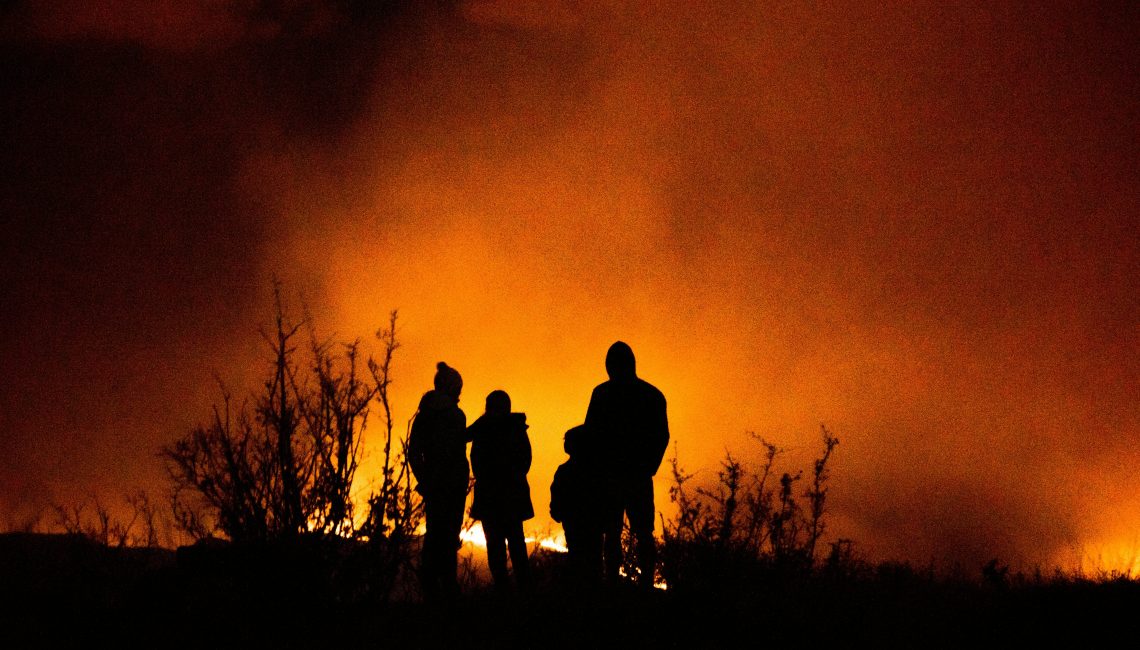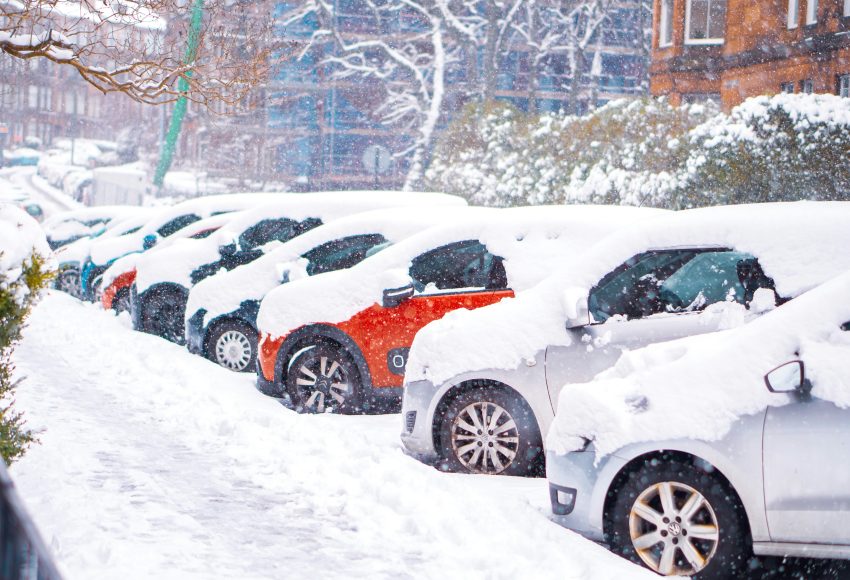In recent years, Canada’s changing climate has provided the perfect conditions for long wildfire seasons. If you live in Ontario, you may have felt, smelled, and seen the effects of these frequent wildfires since the beginning of Spring.
Wildfire season typically runs from early April to late October. As wildfires burn through forests and grasslands, they produce smoke that becomes a significant source of air pollution for everyone in the province.
Because smoke can impact air quality in areas close to and far from a wildfire, it is important to understand how to prepare for wildfire smoke events. In this blog, we will delve into the symptoms and health effects of wildfire smoke exposure, and how you can stay informed and protected this season.
Checking The Air Quality Around You
The Air Quality Health Index (AQHI) is a scale designed to help people understand what the air quality around them means to their health and suggests actions that people can take to reduce the health impacts of air pollution.
The scale ranges from 1 to 10+. The higher the number, the greater the health risk associated with the air quality. Environment and Climate Change Canada (ECCC) monitors and reports air quality conditions and the AQHI in many locations through out Ontario.
You can find a summary of The Air Quality Health Index (AQHI) in Ontario on this page.
Other important sources of air quality information include:
-
InfoSmog
Similar to the weather forecast, the Info-Smog program provides air quality forecasts. Two air quality forecasts are issued daily at 5 a.m. EST (forecast for today, tonight and tomorrow) and at 4 p.m. EST (forecast for tonight and tomorrow). Amendments (forecast change) are issued as necessary.
-
air quality advisories
-
special air quality statements
This information can be found on the Canadian Weather website, the WeatherCAN app, or local weather forecasts.
Symptoms and Health Effects of Wildfire Smoke Exposure
Breathing in wildfire smoke can lead to a range of symptoms, and how serious they are can vary from person to person. Some effects are pretty common and on the milder side, while others are more serious but happen less often.
The more common, milder symptoms include things like:
-
Headaches
-
A mild cough
-
Irritation in your nose, throat, eyes, or sinuses
Often, these symptoms are manageable at home and don’t require a visit to the doctor. Less common but more serious symptoms can include:
-
Dizziness
-
Wheezing
-
Chest pain
-
A persistent or severe cough and shortness of breath
-
Irregular heartbeat (heart palpitations)
If you notice any of the more serious symptoms, it’s best to get medical attention immediately.
Preparing your Home and Vehicle for Wildfire Smoke Events
Wildfire smoke can significantly impact indoor air quality, posing health risks even inside your home or in vehicles. Taking proactive steps to prepare your home and vehicle can help reduce exposure and keep your air as clean as possible during smoke events. The Government of Canada recommends following these measures:
-
Consider purchasing 1 or more certified, properly-sized portable air cleaners for your home.
-
Replace or clean your air filters in your ventilation system or portable air cleaner according to the manufacturer’s recommendations.
-
Have extra filters for your ventilation system or portable air cleaner(s).
-
Ensure you have certified carbon monoxide alarms in your home that are in proper working order.
-
Change your vehicle’s cabin air filter regularly according to the manufacturer’s instructions to ensure your filter remains effective.
If you need more support during a wildfire smoke event, you can contact your local authorities for information on local cleaner air spaces. Always seek out local cleaner air spaces to take a break from the smoke.
As wildfire seasons grow longer and more intense, staying informed and prepared is more important than ever. By understanding the health impacts of wildfire smoke and taking steps to protect your indoor air quality, you can help safeguard yourself and your loved ones. Stay alert, follow local advisories, and take action early to minimize the risks of smoke exposure.





